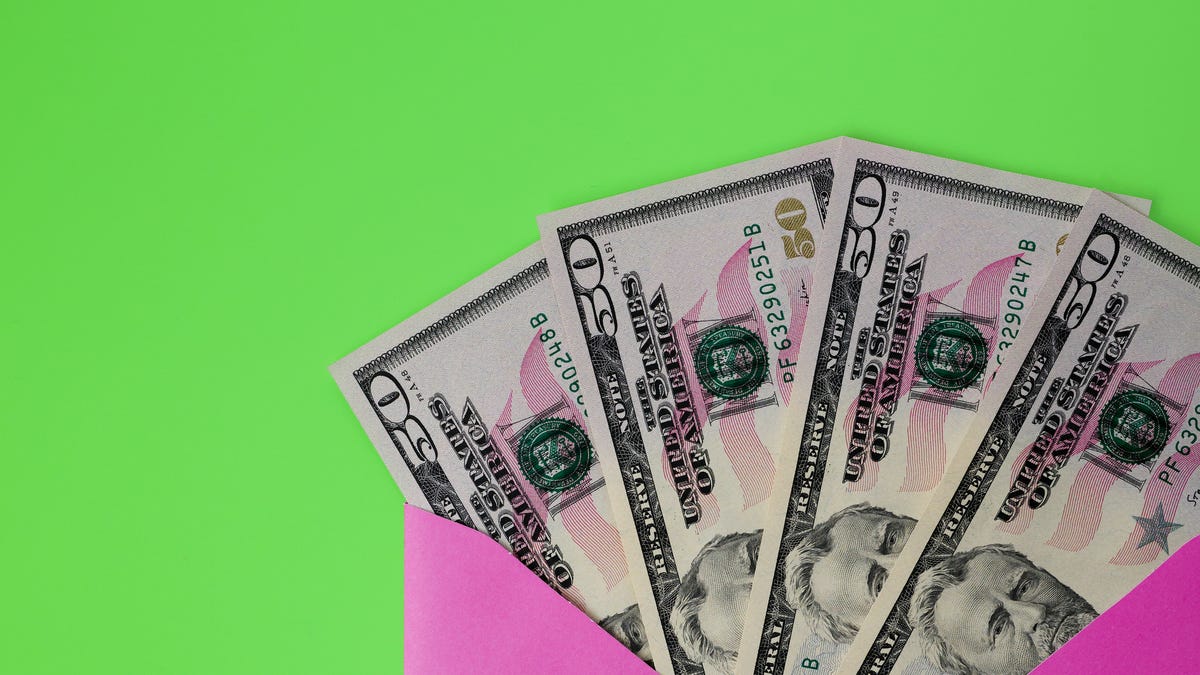
4 Smart Money Moves You Must Make Before Wednesday

Make the most of the Fed’s upcoming decision by taking these steps ASAP.
The Federal Reserve is under pressure to lower interest rates, but that’s not going to happen at this week’s meeting. With inflation still high and a global trade war raging, experts predict the Fed will pause rates for the fourth time this year at its Federal Open Market Committee meeting on June 17 to 18.
That may not sound exciting, but it has a real effect on your wallet. The central bank’s actions impact everything from how much you owe on outstanding debt to what kind of mortgage rate you can get. By making some strategic moves now, you can reap the biggest rewards from the Fed’s anticipated rate pause.
Read more: Wednesday’s Fed Decision Could Actually Help Boost Your Savings. Here’s How
Make these 4 money moves now
Make the most of the Fed’s expected decision by doing these things ASAP.
✅ Open a certificate of deposit
CDs are unique deposit accounts that come in terms ranging from a few months to several years. You need to leave your money in the CD for the entire term to avoid early withdrawal penalties. In exchange, the bank or credit union pays you a fixed return for the entire term based on the interest rate in effect when you open the CD.
Some of the best CDs today offer APYs of up to 4.50%. The Fed is expected to cut rates in the fall, so locking in a higher APY now can protect your future earnings if rates drop. Banks tend to follow the Fed’s lead when setting CD rates. APYs have been falling even with rates paused, so if you’re thinking of opening a CD, now is a great time to do it.
“If you have investment money that aligns with maturity dates on CDs and you want a fixed guaranteed rate, I would recommend investing in that CD now versus waiting until the Fed meeting concludes,” said Faron Daugs, CFP, founder and CEO at Harrison Wallace Financial Group.
✅ Open a high-yield savings account
A CD is a great home for money you don’t need to touch for some time. But what about your emergency savings? You want to keep these funds liquid while still earning the most interest you can on them.
A high-yield savings account can help. Often provided by online banks, these accounts offer far better returns than traditional savings options available at major banks. The best savings accounts pay at least 10 times the national average savings rate.
It’s usually easy to access your funds in a high-yield savings account, although there may be withdrawal limits. For instance, you may pay a fee if you withdraw money from your account more than six times in any given month.
The interest rates on high-yield savings accounts are variable, which means they tend to fall when the central bank cuts the federal funds rate. So you’ll want to open a high-yield savings account now to take advantage of great APYs while you still can.
✅ Hold off on significant purchases
If you’re thinking about financing a new car or other large purchase, consider waiting until the Fed begins cutting rates again to avoid paying more in interest charges. If you’re in the market for a new home, it’s also smart to hold off. Mortgage rates remain high, and experts don’t expect a Fed rate pause will bring them down.
✅ Focus on paying down any debt
Paying down your credit cards and other high-interest debt is a smart move in any rate environment, but especially while interest rates remain high.
Debt, notably high-interest debt, can hamper your financial stability. When you spend a large amount of money on interest, that money is no longer free for savings, investments or even to cover daily expenses.
You may want to consider a debt consolidation loan down the road to combine your outstanding debt at a lower interest rate. For now, search for a reputable lender you’re interested in working with so that, when rates do start to fall, all you need to do is apply.
You can’t control what the Fed does with interest rates, but you can take some smart steps to make the most of its decisions. Maximize your finances now, and you’ll get the biggest benefit from the central bank’s upcoming move.

